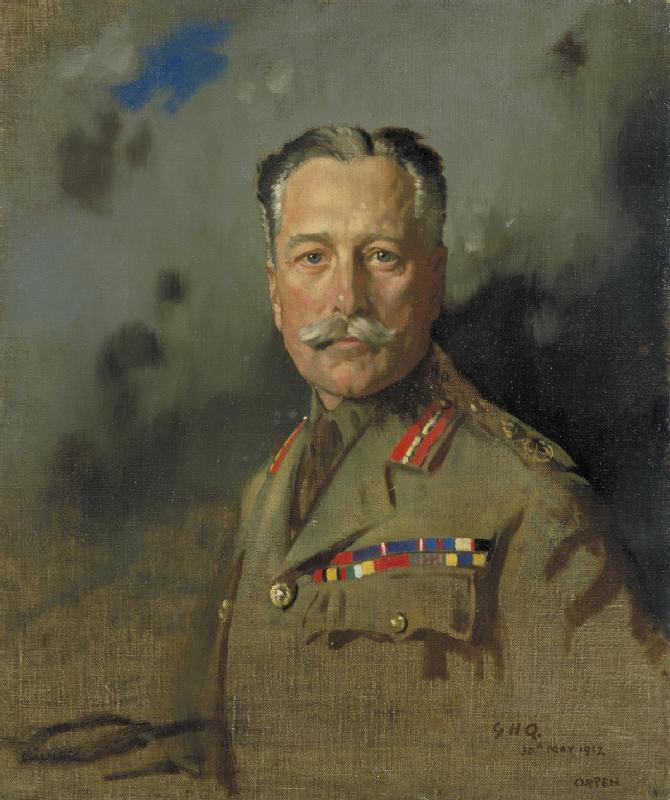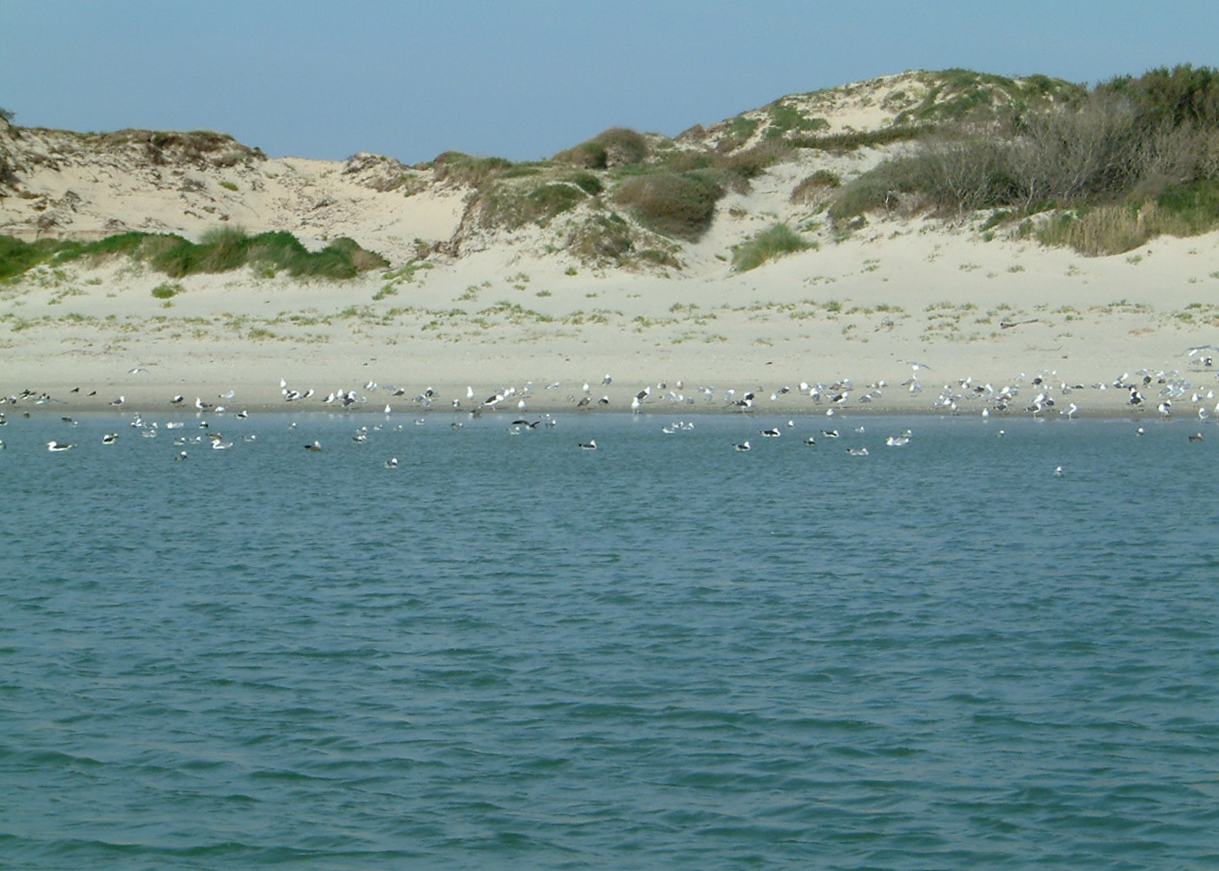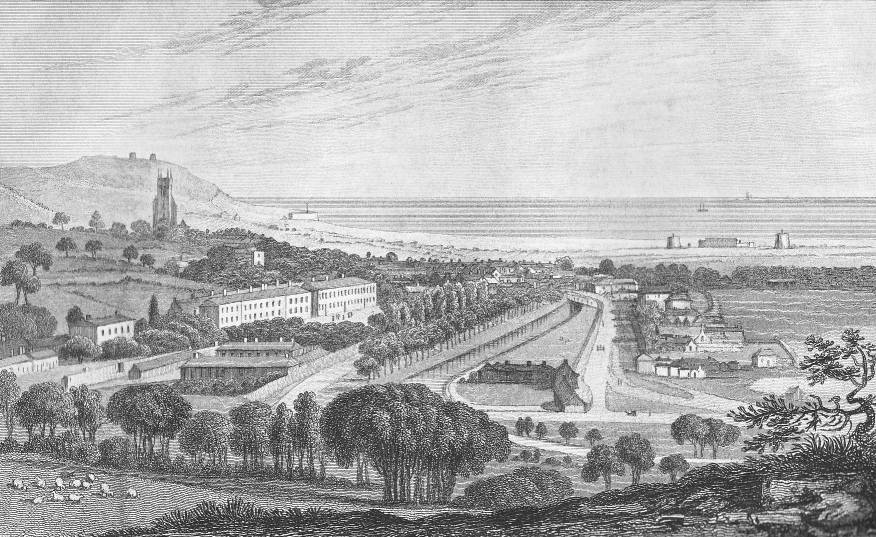|
Berck
Berck (), sometimes referred to as Berck-sur-Mer (, literally ''Berck on Sea''), is a commune in the northern French department of Pas-de-Calais. It lies within the Marquenterre regional park, an ornithological nature reserve. Geography Situated just to the north of the estuary of the river Authie, Berck has a huge expanse of sandy beach and impressive grassy-topped dunes facing north onto the English Channel. The town comprises two parts – to the east, the old fishing town of Berck-Ville and to the west the seaside area, Berck-sur-Mer. Toponymy Berck is attested through the centuries in various forms: ''datum Bergis'' and ''Berc'' in 1215, ''Bierk'' in 1282.Albert Dauzat and Charles Rostaing, 72b. Its origin has been conjectured to come either from Germanic ''berg'' "hill", "mount" or ''birkja'' "place of the birch trees", designating the birch tree wood nearby. The Modern Dutch word for "birch" is ''berk''. In Dutch the name is ''Berk-aan-Zee''. History The old town w ... [...More Info...] [...Related Items...] OR: [Wikipedia] [Google] [Baidu] |
Jan Lavezzari
Jan Lavezzari (January 3, 1876 – May 11, 1947 Mutual Art.) was a gifted painter, born in from a well known architect: Emile Lavezzari. Jan studied engineering and then moved to , northern in 1900, where he decided to become a professional painter instead, and settled there. Jan Lavezzari produced several oil paintings that are seemingly valuable today. He also painted murals in a few local public buildings such as 'Le Casino de la Forà ... [...More Info...] [...Related Items...] OR: [Wikipedia] [Google] [Baidu] |
Authie (river)
The Authie (; ; ()) is a river in northern France whose course crosses the departement of the Pas-de-Calais and the Somme. Its source is near the village of Coigneux. It flows through the towns of Doullens, Auxi-le-Château, Nempont-Saint-Firmin and Nampont, finally flowing out into the Channel near Berck. Its steady flow has attracted mankind for many centuries, developing an agricultural environment that is still dominant today. The valley of the Authie, with many towns, villages, abbeys and chateaux, holds a rich architectural heritage alongside the banks of the river, while the river mouth forms a sizeable bay between Fort-Mahon-Plage and Berck, typical of Picardy estuaries. The area is home to a diverse range of flora and fauna. Etymology The origin of the name ''Authie'' has not been established with any certainty. A possibility is the pre-Celtic word ''*atur'', meaning "river". It was known in Latin as ''Alteia''. Many waterways’ names, such as the Adour, orig ... [...More Info...] [...Related Items...] OR: [Wikipedia] [Google] [Baidu] |
Bad Honnef
Bad Honnef () is a spa town in Germany near Bonn in the Rhein-Sieg district, North Rhine-Westphalia. It is located on the border of the neighbouring state Rhineland-Palatinate. To the north it lies on the slopes of the Drachenfels (“Dragon's Rock”) mountain, part of the Siebengebirge. Overview Bad Honnef is home to a mineral spring called the ("Dragon Spring") which was discovered in 1897. This discovery led to Honnef, as the town was called at the time, transforming from a wine-growing town to a spa town, adding the prefix Bad to its name. The mineral spring has been used for both drinking and bathing. The villages of Aegidienberg, Selhof and Rhöndorf are considered to be part of Bad Honnef. During his term as first chancellor of the Federal Republic of Germany (then West Germany), Konrad Adenauer lived (and died) in Bad Honnef, as it was near Bonn, then the capital of the republic. Also, German politician and leader of the Free Democratic Party Guido Westerwelle was ... [...More Info...] [...Related Items...] OR: [Wikipedia] [Google] [Baidu] |
Communauté D'agglomération Des Deux Baies En Montreuillois
The Communauté d'agglomération des Deux Baies en Montreuillois is a ''communauté d'agglomération'', an intercommunal structure, in the Pas-de-Calais department, in the Hauts-de-France region, northern France. It was created in January 2017 by the merger of the former communautés de communes Montreuillois, Opale Sud and Mer et Terres d'Opale. 31 August 2016, p 59 Its seat is in Montreuil.CA des Deux B ... [...More Info...] [...Related Items...] OR: [Wikipedia] [Google] [Baidu] |
Montreuil, Pas-de-Calais
Montreuil (; also nl, Monsterole), also known as Montreuil-sur-Mer (; pcd, Montreu-su-Mér or , literally ''Montreuil on Sea''), is a sub-prefecture in the Pas-de-Calais department, northern France. It is located on the Canche river, not far from Étaples. The sea, however, is now some distance away. Montreuil-sur-Mer station has rail connections to Arras and Étaples. Sights Montreuil is surrounded by notable brickwork ramparts, constructed after the destruction of the town by troops of Habsburg emperor Charles V in June 1537. These fortifications pre-date the extensive fortification of towns in northern France by Sébastien Le Prestre de Vauban in the 17th century. History Montreuil was the headquarters of the British Army in France during the First World War from March 1916 until it closed in April 1919. The military academy there provided excellent facilities for GHQ. Montreuil was chosen as GHQ for a wide variety of reasons. It was on a main road from London to Paris— ... [...More Info...] [...Related Items...] OR: [Wikipedia] [Google] [Baidu] |
Le Touquet
Le Touquet-Paris-Plage (; pcd, Ech Toutchet-Paris-Plache; vls, 't Oekske, older nl, Het Hoekske), commonly referred to as Le Touquet (), is a commune near Étaples, in the Pas-de-Calais department, northern France. It has a population of 4,227 (2019), but welcomes up to 250,000 people during the summer. Located on the Opal Coast, south of Boulogne-sur-Mer, on the shoreline of the English Channel, the seaside resort has been nicknamed the "Garden of the English Channel" (french: Jardin de la Manche), the "Pearl of the Opal Coast" (french: Perle de la Côte d'Opale), the "Sports Paradise" (french: Paradis des sports) or the "Four Seasons Resort" (french: Station des quatre saisons). The city bears the scars of wounds inflicted during World War II by the construction of the Atlantic Wall, the planting of mines prior to the German withdrawal and intensive Allied bombings. Nevertheless, part of the architectural heritage of Le Touquet was left intact. A number of unique villa ... [...More Info...] [...Related Items...] OR: [Wikipedia] [Google] [Baidu] |
Verton
Verton () is a commune in the Pas-de-Calais department in the Hauts-de-France region of France. Geography Verton is located 6 miles (9 km) southwest of Montreuil-sur-Mer at the D143 and D303 road junction, and 3 miles (5 km) from the coast, near the estuary of the Authie. Population Places of interest * The château, dating from the fifteenth century * The watermill * The church of St. Michel, dating from the fourteenth century. See also *Communes of the Pas-de-Calais department The following is a list of the 890 communes of the Pas-de-Calais department of France. The communes cooperate in the following intercommunalities (as of 2020):Communes of Pas-de-Calais {{PasdeCalais-geo-stub ... [...More Info...] [...Related Items...] OR: [Wikipedia] [Google] [Baidu] |
Pas-de-Calais
Pas-de-Calais (, " strait of Calais"; pcd, Pas-Calés; also nl, Nauw van Kales) is a department in northern France named after the French designation of the Strait of Dover, which it borders. It has the most communes of all the departments of France, 890, and is the 8th most populous. It had a population of 1,465,278 in 2019.Populations légales 2019: 62 Pas-de-Calais INSEE The Calais Passage connects to the on the . Pas-de-Calais borders the departments of [...More Info...] [...Related Items...] OR: [Wikipedia] [Google] [Baidu] |
Hythe, Kent
Hythe () is a coastal market town on the edge of Romney Marsh, in the district of Folkestone and Hythe on the south coast of Kent. The word ''Hythe'' or ''Hithe'' is an Old English word meaning haven or landing place. History The town has mediaeval and Georgian buildings, as well as a Saxon/Norman church on the hill and a Victorian seafront promenade. Hythe was once defended by two castles, Saltwood and Lympne. Hythe Town Hall, a neoclassical style building, was completed in 1794. Hythe's market once took place in Market Square (now Red Lion Square) close to where there is now a farmers' market every second and fourth Saturday of the month. Hythe has gardening, horse riding, bowling, tennis, cricket, football, squash and sailing clubs. Lord Deedes was once patron of Hythe Civic Society. As an important Cinque Port Hythe once possessed a bustling harbour which, over the course of 300 years, has now disappeared due to silting. Hythe was the central Cinque Port, sitting bet ... [...More Info...] [...Related Items...] OR: [Wikipedia] [Google] [Baidu] |
Surfboard
A surfboard is a narrow plank used in surfing. Surfboards are relatively light, but are strong enough to support an individual standing on them while riding an ocean wave. They were invented in ancient Hawaii, where they were known as ''papa he'e nalu'' in the Hawaiian language, and were usually made of wood from local trees, such as koa. They were often over in length and extremely heavy. Major advances over the years include the addition of one or more fins (skegs) on the bottom rear of the board to improve directional stability, and numerous improvements in materials and shape. Modern surfboards are made of polyurethane or polystyrene foam covered with layers of fiberglass cloth, and polyester or epoxy resin. The result is a light and strong surfboard that is buoyant and maneuverable. Recent developments in surfboard technology have included the use of carbon fiber and kevlar composites, as well as experimentation in biodegradable and ecologically friendly resins made from ... [...More Info...] [...Related Items...] OR: [Wikipedia] [Google] [Baidu] |
Narrow-gauge
A narrow-gauge railway (narrow-gauge railroad in the US) is a railway with a track gauge narrower than standard . Most narrow-gauge railways are between and . Since narrow-gauge railways are usually built with tighter curves, smaller structure gauges, and lighter rails, they can be less costly to build, equip, and operate than standard- or broad-gauge railways (particularly in mountainous or difficult terrain). Lower-cost narrow-gauge railways are often used in mountainous terrain, where engineering savings can be substantial. Lower-cost narrow-gauge railways are often built to serve industries as well as sparsely populated communities where the traffic potential would not justify the cost of a standard- or broad-gauge line. Narrow-gauge railways have specialised use in mines and other environments where a small structure gauge necessitates a small loading gauge. In some countries, narrow gauge is the standard; Japan, Indonesia, Taiwan, New Zealand, South Africa, and the Austr ... [...More Info...] [...Related Items...] OR: [Wikipedia] [Google] [Baidu] |
Opal Coast
Opal is a hydrated amorphous form of silica (SiO2·''n''H2O); its water content may range from 3 to 21% by weight, but is usually between 6 and 10%. Due to its amorphous property, it is classified as a mineraloid, unlike crystalline forms of silica, which are considered minerals. It is deposited at a relatively low temperature and may occur in the fissures of almost any kind of rock, being most commonly found with limonite, sandstone, rhyolite, marl, and basalt. The name ''opal'' is believed to be derived from the Sanskrit word (), which means 'jewel', and later the Greek derivative (), which means 'to see a change in color'. There are two broad classes of opal: precious and common. Precious opal displays play-of-color (iridescence); common opal does not. Play-of-color is defined as "a pseudo chromatic optical effect resulting in flashes of colored light from certain minerals, as they are turned in white light." The internal structure of precious opal causes it to diffract ... [...More Info...] [...Related Items...] OR: [Wikipedia] [Google] [Baidu] |




